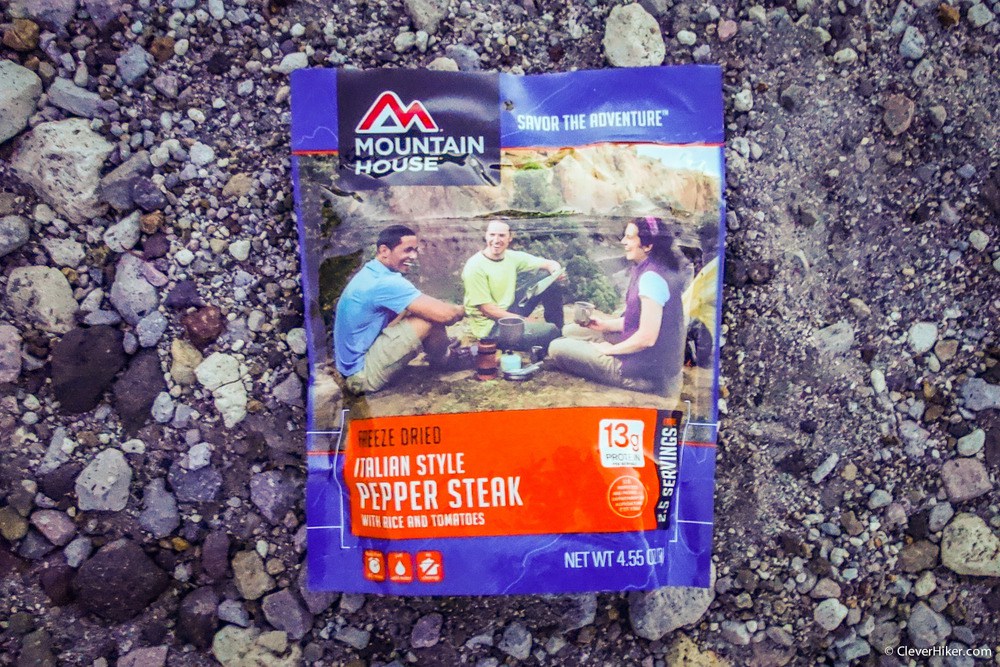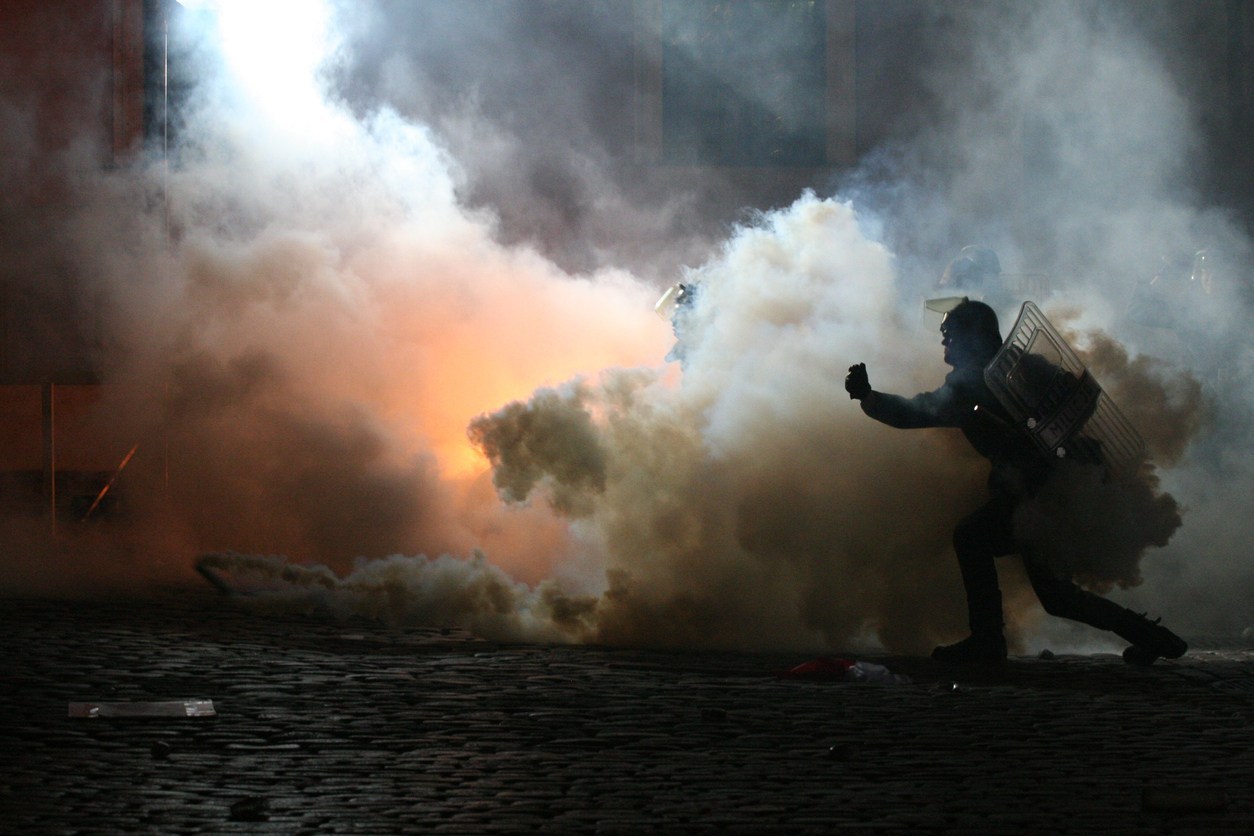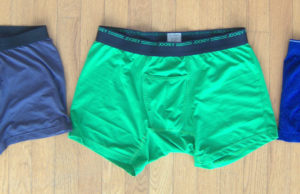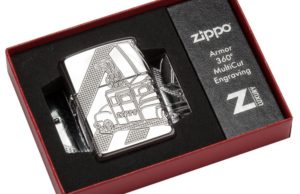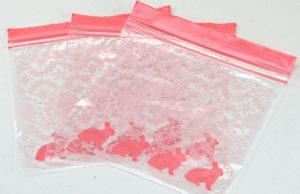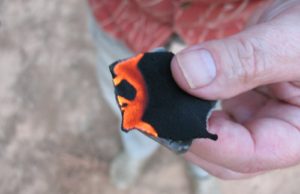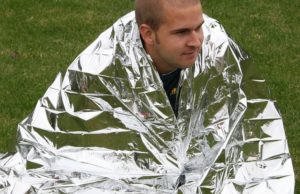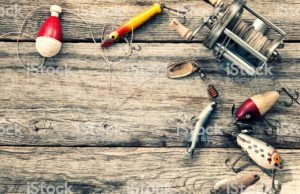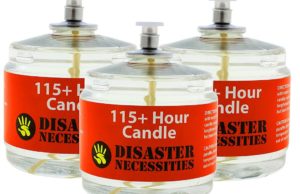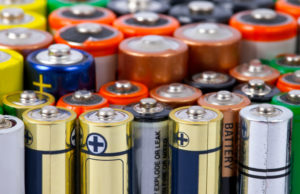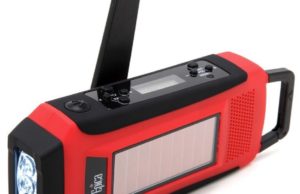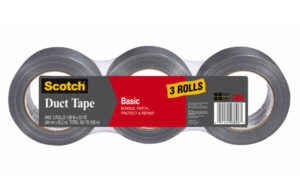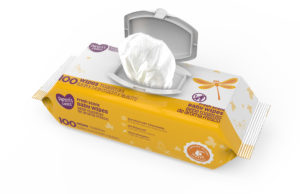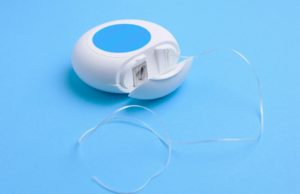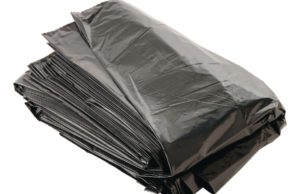Best Selling Prepper Items – Why They May Not Work for You
I personally shop online for almost anything I can for a couple of reasons. First is the incredible ability to research and check prices. I can read or watch video reviews for any products I am considering before making a final decision. Secondly, I hate going to the mall or just about any other shopping center type of place with a passion – I would just about rather take a kick to the head than go to the mall during Christmas, but even the rest of the year shopping online is just my preferred option. I was looking around for more prepper and survival gear the other day and often readers ask for gear recommendations so I wanted to give you this list of the best-selling prepper items but with a twist. I want to also give you my opinions on why this list is wrong when taken from the standpoint of what people should be focusing on. I will show the best sellers and give alternate items you should have if you don’t already.
LifeStraw Personal Water Filter
The LifeStraw is a great idea and Water is the highest priority, all things being equal, you should focus on when preparing for any kind of unforeseen emergency. But I think the LifeStraw itself has some limitations and drawbacks that would make me choose another option for water filtration.
For starters, the LifeStraw is really meant for only one person. If you have a couple of people to provide clean water for, this isn’t ideal. Next, you must stick your face down in the water for this to work. Not only does this require you to get up close and personal with your water source but it also prevents you from being able to fully stay aware of your surroundings. Yes, you can fill a container up with water and stick the LifeStraw in that, but why? Additionally, can’t take any water with you for later because the LifeStraw only works when you have a water source to stick the straw into. Lastly, the LifeStraw only filters up to 1000 liters before it is no longer safe.
For me, there are a couple of other options. For just about the same price, size/weight footprint, the Sawyer Mini Water Filtration System is far superior. It filters 100, 000 gallons, comes with it’s own bag that you can fill to quench your thirst, then refill for the road and still has all the microorganism filtering benefits. To me, these are the most minimal and basic water filters you can get, but it’s probably better to expand to a slightly larger capacity system.
The best solution in my opinion is a gravity fed water filtration system. Why? Unlike manual pump filters like the Katadyn Hiker or the MSR Miniworks (which I own and like), gravity fed filtration systems have no moving parts to break. Also, you can just let the water filter do its job while you move on to other issues like setting up camp or observing your surroundings. I am a HUGE fan of the GravityWorks by Platypus, but they are much more expensive. They taste far better than any type of Iodine water filter system like the Polar Pure, last far longer too, can easily support multiple people and I don’t have to worry about those little glass bottles breaking on me.
Mountain House Freeze Dried Food
The next 3 items on the list of best-selling prepper gear are food so I will combine them. Mountain House is listed as the best seller and I certainly have recommended their products as a great camping or backpacking option that also work great as a preparedness option. They only require hot water and you have a meal. Now, is this the best prepper food you should get if you are trying to stock up food for emergencies?
Maybe.
Mountain House or any one of the many other manufacturers of quality freeze-dried food out there fill a need and as part of a larger food self-sufficiency strategy I think they fill a great role. If you have nothing else but Mountain House, you will still be able to feed your family with decent tasting food that requires nothing more than a fire or stove to heat the water. You can even eat out of the bag. However, I recommend a little more diversity.
Your pantry should be filled with a larger portion of foods you already eat and let the Freeze-Dried food supplement that should you need to. You probably wouldn’t want to break out some Mountain House Lasagna with Meat Sauce if your friends were coming over for dinner, but after a snow storm knocks your power out for a week, this stuff is awesome. Your own family’s needs and preferences will dictate what you store but for tips on how to get started, check out my article on 30 days of food storage for ideas on how to get a jump-start.
Emergency Disposable Rain Ponchos
 No offense to the good-looking group pictured here, but preppers shouldn’t be buying these cheap bags expecting protection.
No offense to the good-looking group pictured here, but preppers shouldn’t be buying these cheap bags expecting protection.
Number three on the list of the best-selling prepper gear is Emergency Rain Ponchos? Seriously? Granted, this is from Amazon.com but these are glorified trash bags meant to give you some protection if you are out at a theme park let’s say and an unexpected downpour threatens to ruin the fun. No self-respecting prepper should have to resort to this because if you can’t find out what the weather is going to be and plan accordingly, you have bigger things to worry about most likely.
Instead of a disposable trash bag, if you are looking for some prepper gear that isn’t a rain jacket, consider a legitimate poncho instead. These are more expensive, but the construction is vastly better and you can use these to provide shelter if you combine them with a little paracord. Usually they come in camouflage colors but you do have options if you are trying not to look tactical. You can even combine them with a poncho liner to have a great cold weather system that can keep you dry and warm.
Gerber Bear Grylls Fire Starter
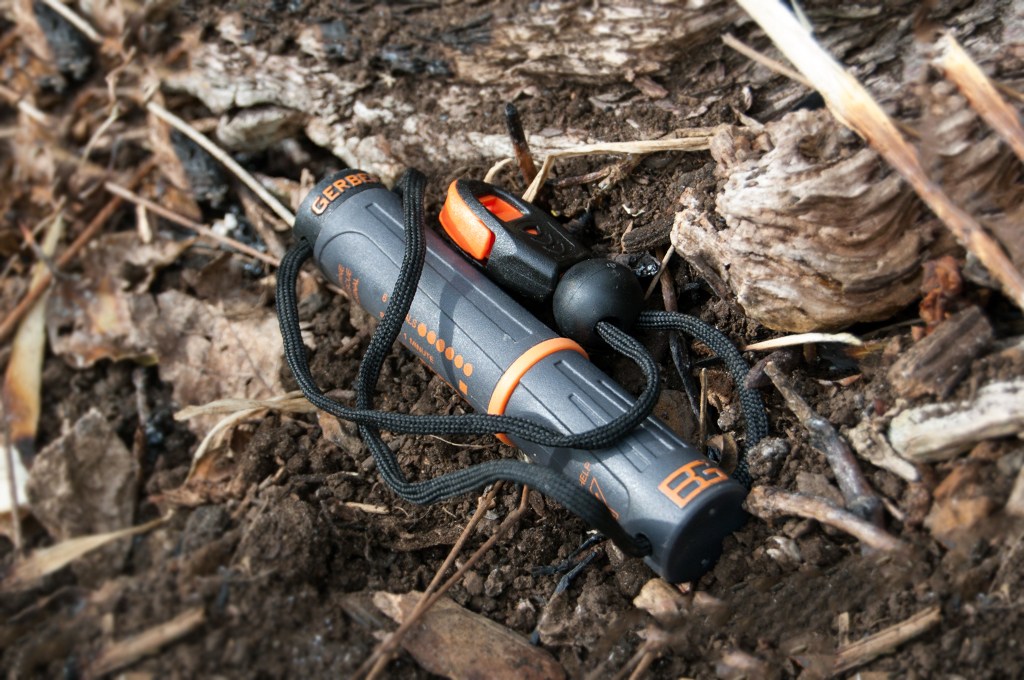
Number 4 is a means to start a fire and magnesium fire starters are a great grid-down item to have. There are many other brands out there and while I haven’t personally tested the Gerber line, I have been very happy with the craftsmanship and quality of other items like their multi-tools that I own. The Bear Grylls Fire Starter is just branded merchandise but it should do the job admirably.
Now I own several fire starters like this but you know what I own more of? Disposable lighters. They are cheap (you can get a pack of 10 for the price of one fire starter) and easier to use. Yes, they won’t last anywhere near as long as a fire starter, but if I needed to get a fire going quickly, I would much rather start my tinder off with a quick flick of my Bic and then move on.
Survival Shack Emergency Survival Shelter Tent
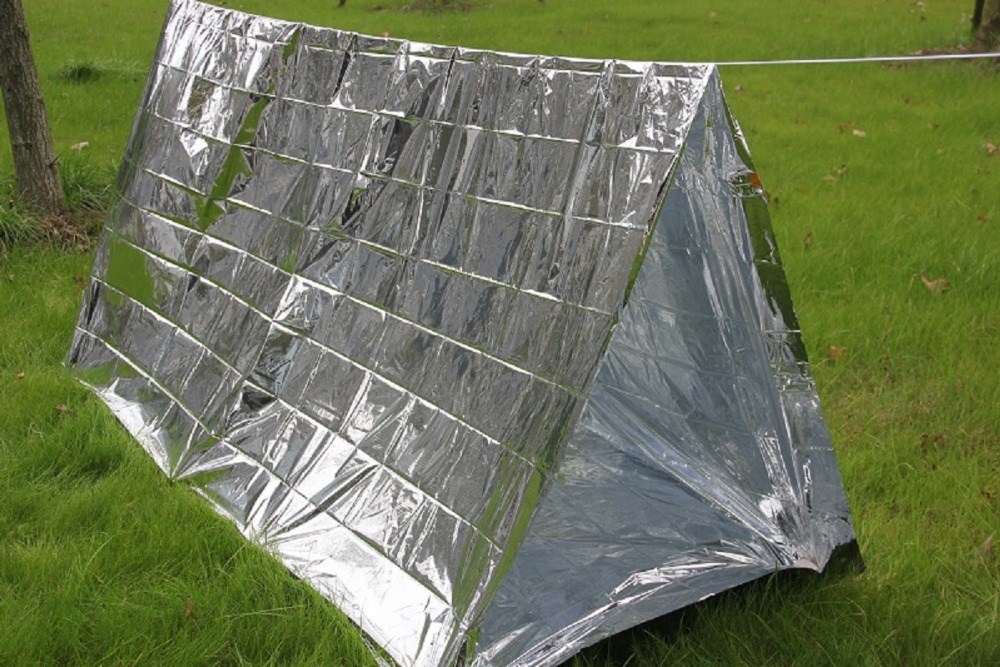 Keep the rain off you? Maybe? Sun? Yep. Will it keep you warm in cold climates?
Keep the rain off you? Maybe? Sun? Yep. Will it keep you warm in cold climates?
Number 5 on Amazon’s list of best-selling prepper gear is essentially a big piece of Mylar with some rope. It is cheap, lightweight and compact, but when it comes to staying warm, I don’t see how this big open tent is going to help you.
In the right environment, creating a survival shelter is a free option but that assumes a lot of things. First that you have materials you can make a shelter with. Debris shelters are all the rage on YouTube for preppers and survivalists, but what if you don’t have any trees, limbs lying around or millions of leaves to cover it with?
A better option may be a survival bivvy. Advanced Medical Kits sells an Emergency Bivvy that will keep two people warm. First, it’s enclosed so you don’t have air blowing through it and wiping away any heat convection your body was making – think survival sleeping bag. It doesn’t require trees to string a rope and you get the added benefit of body heat from your buddy – assuming you are with someone. It is a little more expensive and does take up a little more room, but seems like it would be more effective at keeping you protected from the elements.
Is Best Selling Gear really the Best for You?
There are many other items on the list of best sellers and I just scratched the surface. I think in some cases; the things people buy are often out of convenience and cost savings but those two factors alone could leave you just as unprepared as if you didn’t purchase any prepper gear. Before making any prepper gear purchases, use the internet and conduct research. Take a look at what your survival priorities for the place you are or where you are going. Read articles – there are thousands out there on just about any subject related to prepping you can think of. Watch videos on YouTube and make your own mind up on what makes sense. But don’t stop there.
Actually try out the gear you just purchased. Use it to collect water and drink from it. Take that freeze-dried food out with you and make a meal. Try spending a night in that shelter or working in the rain in that poncho – start a fire. You will learn more from your own experience than anything you can read on a prepper blog and it will give you the knowledge you need to make your own, better, decisions on survival gear that works best for you.
I personally shop online for almost anything I can for a couple of reasons. First is the incredible ability to research and check prices. I can read or watch video



